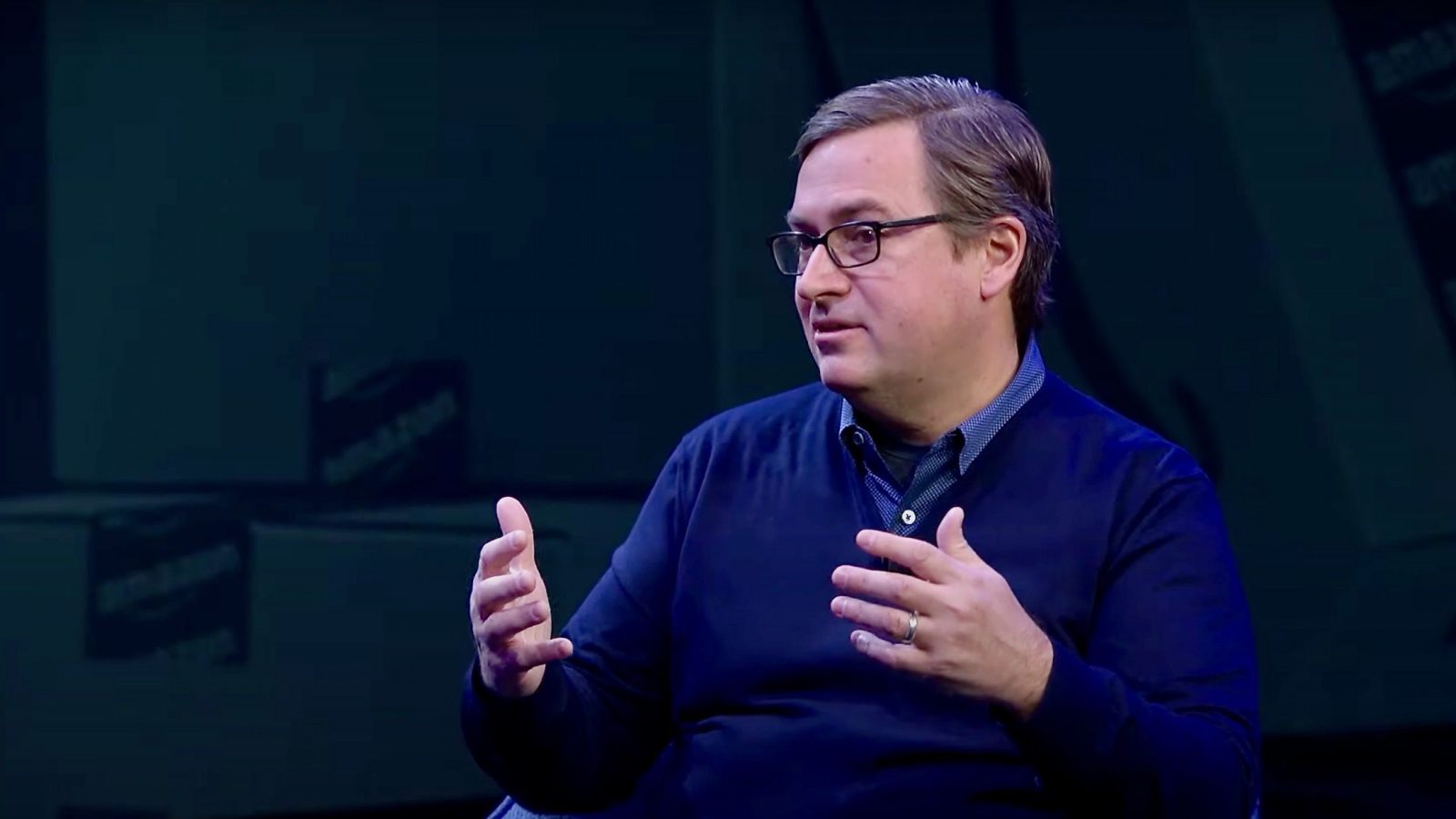Dave Clark, who led the transformation of Inc. from a buying portal to one of the world’s leading transportation and logistics firms, said Friday that he has resigned from the company after 23 years, effective July 1. No successor has been named.
Clark, who headed Amazon’s Worldwide Consumer unit that included the retail platform and the supporting transport and logistics functions, said he had thought about leaving the company for some time. He gave no specific reason for departing other than to say it was time to try something new.
A source close to Amazon said that Clark’s announcement came as a surprise to everyone at the company. The source declined to speculate on the reasons behind the departure.
Clark invented the present-day Amazon transport and logistics network, which has been assembled mostly to provide one- to two-day deliveries of items ordered by subscribers to its Prime service. Amazon today has an estimated 96 planes in its fleet. It also has hundreds of tractors and thousands of trailers that integrate with its flight operations. During Clark’s tenure, Amazon opened its long-planned $1.5 billion air cargo hub at Cincinnati-Northern Kentucky International Airport.
Clark joined Amazon in 2001 after completing his MBA at the University of Tennessee at Knoxville. Clark was moving up through the operations and fulfillment ranks when in January 2013 he was named senior vice president of worldwide operations, which included what was then a fledgling shipping and logistics business that exclusively outsourced its transportation services.
That all changed during a disastrous 2013 peak shipping season, when 300,000 parcels, most of which were to be delivered by UPS Inc. (NYSE: UPS), didn’t reach their destinations in time for Christmas. Amazon was furious with UPS over the debacle, although it had flooded the carrier with an avalanche of holiday packages at the last minute and gave UPS little visibility in the process. UPS, which already had endured a difficult December due to bad weather in parts of the country, suffered a reputational black eye that took several peak seasons to recover from.
Amazon had plans on the drawing board to build a shipping network. However, the 2013 experience catalyzed the company to launch the initiative almost immediately, and to push it faster and further than what was originally conceived. Clark led the rapid-fire building of sortation centers, acquisition of trailers and recruitment of drivers. It has been said Amazon’s transport and logistics network would be nowhere nearly as formidable today had Clark not been there to shepherd it.






